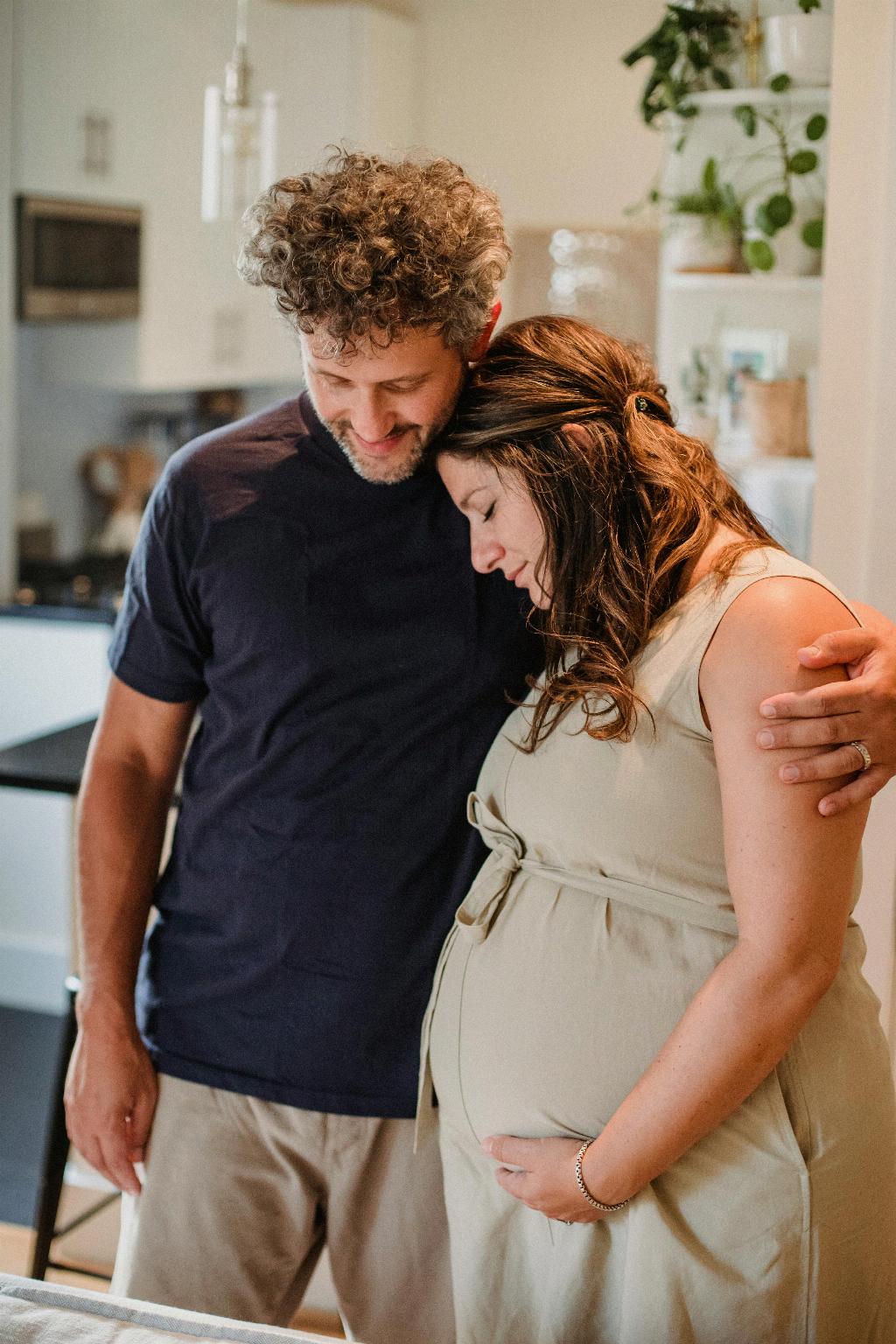Many women who have undergone a cesarean section, commonly known as a C-section, may find themselves struggling with what is commonly referred to as a “C Section Pooch.” This term describes the stubborn pouch of fat or excess skin that can develop around the abdominal area near the C-section scar.
Factors Contributing to the C Section Pooch
Several factors may contribute to the development of the C Section Pooch. The stretching of the abdominal muscles during pregnancy, the surgical incision made during the C-section procedure, hormonal changes, and weight gain during pregnancy can all play a role in the formation of this postpartum concern.
Exercise and Diet
Engaging in regular exercise and following a balanced diet are essential components of addressing the C Section Pooch. Incorporating strength training exercises that target the core muscles, such as planks, crunches, and leg raises, can help strengthen and tone the abdominal area.
Benefits of Cardiovascular Exercise
Cardiovascular exercises like running, cycling, or swimming can aid in burning calories and reducing overall body fat, including the stubborn fat around the C-section scar. Additionally, cardio exercises can help improve heart health and increase metabolism, contributing to weight loss.
Role of Tummy Tuck in C Section Pooch Removal
For women struggling to eliminate the excess skin and fat around their C-section scar, a tummy tuck, also known as abdominoplasty, can be a viable option. This surgical procedure involves removing the excess skin and fat, tightening the abdominal muscles, and reshaping the area to achieve a flatter and more toned appearance.
Consulting a Plastic Surgeon
Before considering a tummy tuck procedure, it is crucial to consult with a board-certified plastic surgeon who specializes in body contouring surgeries. The surgeon will assess your individual concerns, goals, and medical history to determine if you are a suitable candidate for a tummy tuck.
Recovery Process Post-Tummy Tuck
Following a tummy tuck procedure, it is essential to adhere to the post-operative care instructions provided by your surgeon. This may include wearing compression garments, avoiding strenuous activities, and attending follow-up appointments to monitor your healing progress.
Long-Term Maintenance
While a tummy tuck can provide significant improvements in the appearance of the abdominal area, maintaining long-term results requires a commitment to a healthy lifestyle. Regular exercise, a balanced diet, and proper hydration can help sustain the outcome of the procedure.
Embracing Body Positivity
It is important to remember that every woman’s body is unique, and the presence of a C Section Pooch does not define your worth or beauty. Embracing body positivity and practicing self-love are essential components of feeling confident and comfortable in your own skin.
Seeking Support and Encouragement
If you are struggling with body image concerns related to your C Section Pooch, don’t hesitate to seek support from loved ones, mental health professionals, or online communities. Surrounding yourself with positive influences can help boost your self-esteem and promote a healthy mindset.
Conclusion
In conclusion, losing your C Section Pooch involves a combination of exercise, diet, and in some cases, cosmetic procedures like a tummy tuck. By prioritizing your health and well-being, embracing your body’s uniqueness, and seeking appropriate support, you can navigate the journey towards a more confident and empowered self.

